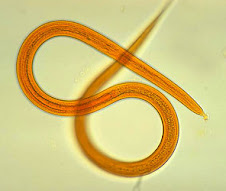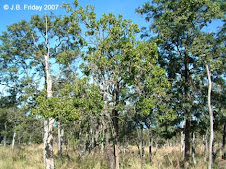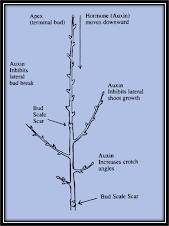27-1 Section Assessment
1. What is a flatworm?
Is a soft, flattened worm with tissues, organ systems, three germ layer, bilateral symmetry (only a single imaginary plane can divide the body into two equals haves), and cephalization (concentration of sense organs and nerve cells at the front end of the body).
2. List the three groups (classes) of flatworms and five an example of each.
Turbellaria: planarian
Tremoda: fluke
Cestoda: tapeworm
3. How do the feeding methods of parasitic and free-living flatworms relate to their specific environments?
Many parasitic flatworms obtain nutrients from their host's body. Free-living flatworms capture and digest food.
4 Describe the life cycle of the blood fluke, Schistosoma mansoni.
Schistosoma mansoni matures and reproduces suxually in the blood vessels of human intestines. embryos are released with feces and hatch into swmming larvae that infect a sanil, where they reproduce asuxually. Larvae released from the snal into water can infect humans.
5. How do a turbellarian's nervous system and difestive system work together to provide the food that the worm's body needs?
The nervous system allows the worm to gather information about its environment, including the location of food. The digestive system digest and absorbs the food.
27-2 Section Assessment
1. What is a roundworm?
Is an unsegmented worm that has a pseudocoelom and a digestive system with two oponings (a mouth and an anus).
2. What are the parasitic roundworms?
Parasitic roundworms include tricinosis causing worms, filarial worms, ascarid worms, and hookworms.
3. Describe how humans become infected with the parasitic roundworm Ascaris lumbricoides.
By ingesting food or water containing Ascaris eggs.
4. How do hookworms enter the human body?
By burrowing into the skin of a foot.
5. What have scientists already learned about Caenorhabditis elegans? What do they hope to learn in the future?
The basic features of the species as well as its DNA sequence. In the future, scientists hope to learn how that sequece controls differentiation.
6. What steps might individual people and goverments take to reduce the spread of elephantiasis?
Individuals could wear protective clothing and use insect repellant. Goverments could implement strategies to reduce the numbers of biting insects.






















1 comentario:
saque 50!!!!!
Publicar un comentario